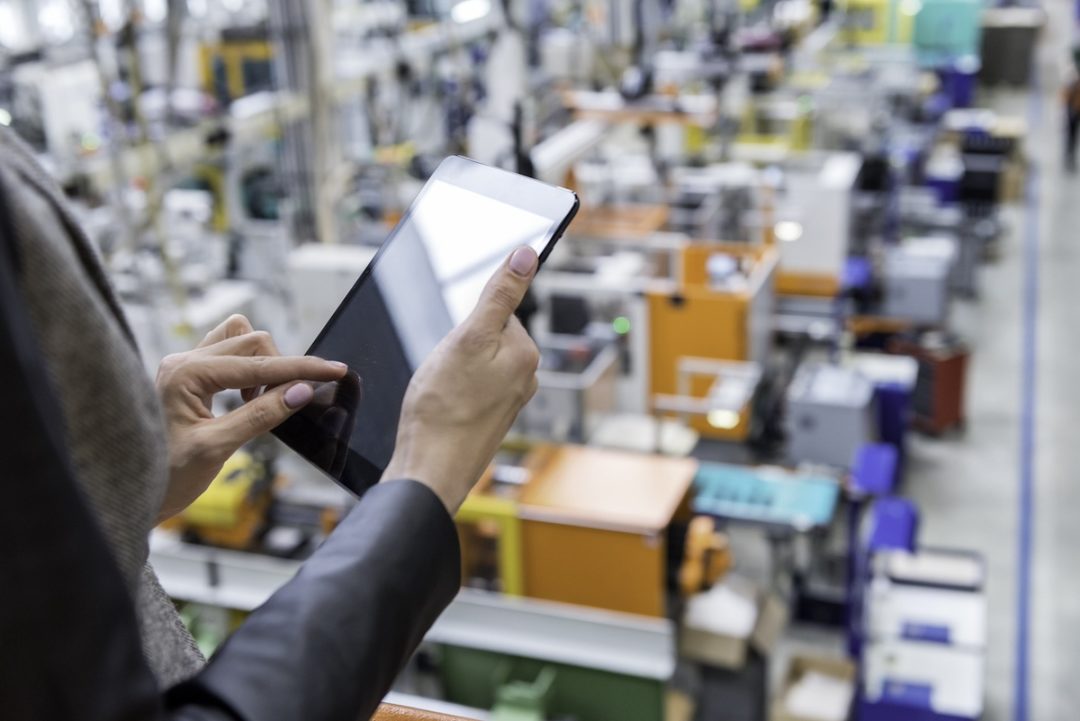Supply chain management is a complex network, but surprisingly, the greatest opportunities for transformation lie on the factory floor. While many supply chain improvements focus on logistics, inventory, or forecasting, the factory floor is where operations can be truly redefined to meet the demands of today’s globalized markets.
Why the Factory Floor Matters
The factory floor is often seen as just the place where production happens, but in reality, it’s the pulse of the supply chain. By integrating advanced technologies such as automation, IoT, and real-time data analytics, manufacturers can streamline workflows, reduce errors, and enhance productivity. When optimized, the factory floor reduces bottlenecks and sets the tone for efficiency that carries through the entire supply chain.
1. Data-Driven Decisions
One of the most significant changes in supply chain management is the ability to harness data effectively. Sensors and IoT devices on the factory floor collect valuable data on equipment performance, production rates, and quality control. When analyzed, this data empowers factory managers to make informed decisions, from machine maintenance schedules to workforce allocation. This real-time visibility can prevent costly downtimes and help managers forecast issues before they occur.
2. Automation and Robotics
As labor costs rise and demand for goods increases, automation has become a key factor in competitive supply chains. Robotic arms and automated conveyor systems not only boost production speed but also improve accuracy and safety. Robots handle repetitive tasks with precision, freeing up human workers for more complex, value-added roles. For example, in the electronics industry, robots can assemble intricate components with a level of accuracy that minimizes waste and enhances product quality.
3. Sustainable Manufacturing
A growing concern for sustainability has pushed factories to adopt eco-friendly practices. Smart factories can monitor energy consumption, reduce waste, and even recycle materials more efficiently. This green transformation on the factory floor is crucial, as more customers and regulators demand transparency around environmental impact. Sustainable practices, from using renewable energy sources to reducing water waste, not only align with environmental goals but also reduce operational costs over time.
4. Real-Time Inventory Management
Factory floors with connected systems allow for accurate, real-time inventory tracking. With smart shelves and barcoded tracking, materials are automatically accounted for and replenished as needed. This seamless inventory management reduces the chances of stockouts or overstocking, ensuring that production runs smoothly without excess costs. It also enhances coordination with suppliers, as factories can communicate precise inventory needs based on real-time production demands.
5. Enhanced Quality Control
Quality control is a critical element in manufacturing, as defects can result in recalls, customer dissatisfaction, and significant financial losses. Advanced technologies such as AI and machine learning are being integrated into the factory floor for real-time quality assessment. For instance, cameras with AI-based image recognition can spot defects as products move along the line, allowing for immediate adjustments to be made. This not only maintains high standards but also reduces waste by catching errors early in the process.
6. Collaboration Across Teams
Finally, technology on the factory floor fosters better communication and collaboration. Digital twins, augmented reality, and VR training programs enable teams to work cohesively across different stages of production. This collaborative environment helps avoid misunderstandings and aligns everyone with the same objectives, ultimately boosting overall supply chain efficiency.
The Future of Supply Chains Begins on the Factory Floor
As companies invest in smart factories and digital transformation, the factory floor will continue to play a pivotal role in shaping the future of supply chain management. The initial steps taken on the factory floor set the foundation for every subsequent process, from storage and transport to delivery and customer service. By optimizing this foundational level, companies create a ripple effect that improves every other aspect of the supply chain.







